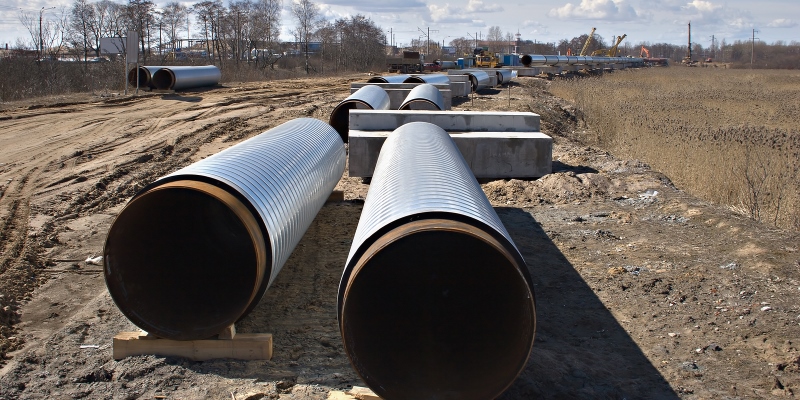Red tape strangling Canada’s oil and gas industry

A new report by Ernst & Young, commissioned for the Canadian Energy Pipeline Association, should serve as a wake-up call for Alberta. According to the report, the last several years have seen an increase in the “volume, complexity, and duplication” of regulations imposed on Canada’s energy industry.
This has helped lead to sharp reductions in Canadian oil and gas capital spending. The report notes that U.S. capital spending in oil and gas increased 38 per cent in 2017, reaching a new high of US$120 billion while Canadian spending fell to US$45 billion, a 19 per cent decrease since 2016.
The report also documents the growth of regulation in a section on “Regulatory Layering” in Canada, and gives numerous examples of overlapping greenhouse gas regulations at the federal and provincial level. Such layering occurs when redundant laws and regulations from multiple levels of government pile up over time including, according to the report, the “structure of the programs and compliance mechanisms, reporting thresholds, reporting mechanisms and verification requirements varies between provinces.” Furthermore, different quantification methodology requirements and boundaries for reporting require companies to undertake “multiple approaches for calculating their Greenhouse Gas Emissions.”
The report also compares pipeline project approvals in Canada and the United Sates. The data show that average approval timelines in Canada grew from 357 days in 2009 to 681 days but in the U.S. dropped from 561 days in 2015 to 336 days in 2017.
Finally, the report profiles changes to TransCanada Pipelines, which has cancelled several major Canadian projects in recent years. It finds that “in 2016, TransCanada Pipelines capital investment in natural gas pipelines was evenly split between Canada and the US, but in 2017 nearly 60% of capital spend was based in the US. Perhaps more alarming are the statistics on construction spend for new natural gas projects. In 2016, 46% of spend was in Canada and 54% in the US. In 2017, only 20% of spend was in Canada an 80% was in the US.”
As we have previously observed, there’s an urgent need for regulatory reform, especially in Alberta, where red tape is steadily strangling a major contributor to Canada’s economy. Certainly falling oil prices have contributed to Alberta’s troubles, but many other factors affect investment in Alberta and many of them are regulatory.
For example, respondents to the Fraser institute’s Global Petroleum Survey said the key deterrents to investment in Alberta are all regulatory—respondents point to uncertainty about environmental regulations and their enforcement, and the cost of regulatory compliance. This was particularly true in the oil and gas sector, where 70 per cent of respondents registered compliance costs as a deterrent to investment in 2017 compared to only 32 per cent in 2013.
Clearly, more must be done to resolve regulatory duplication, lighten the overall regulatory burden in the oil and gas industry and position Canada to be competitive with its neighbour to the south that’s aggressively streamlining and reducing regulations.
Author:
Subscribe to the Fraser Institute
Get the latest news from the Fraser Institute on the latest research studies, news and events.

